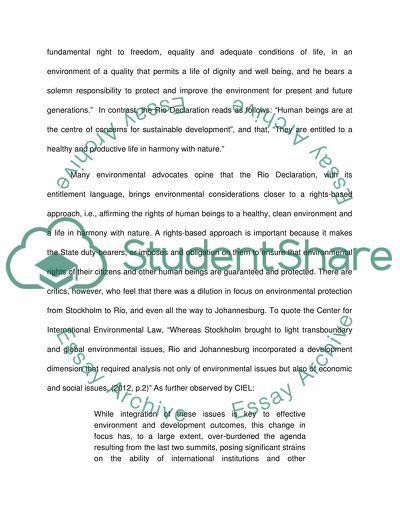Cite this document
(“Economy in relation to environmental protection. Environment and Essay”, n.d.)
Retrieved de https://studentshare.org/law/1396764-economy-in-relation-to-environmental-protection-environment-and-sustainable-development
Retrieved de https://studentshare.org/law/1396764-economy-in-relation-to-environmental-protection-environment-and-sustainable-development
(Economy in Relation to Environmental Protection. Environment and Essay)
https://studentshare.org/law/1396764-economy-in-relation-to-environmental-protection-environment-and-sustainable-development.
https://studentshare.org/law/1396764-economy-in-relation-to-environmental-protection-environment-and-sustainable-development.
“Economy in Relation to Environmental Protection. Environment and Essay”, n.d. https://studentshare.org/law/1396764-economy-in-relation-to-environmental-protection-environment-and-sustainable-development.


